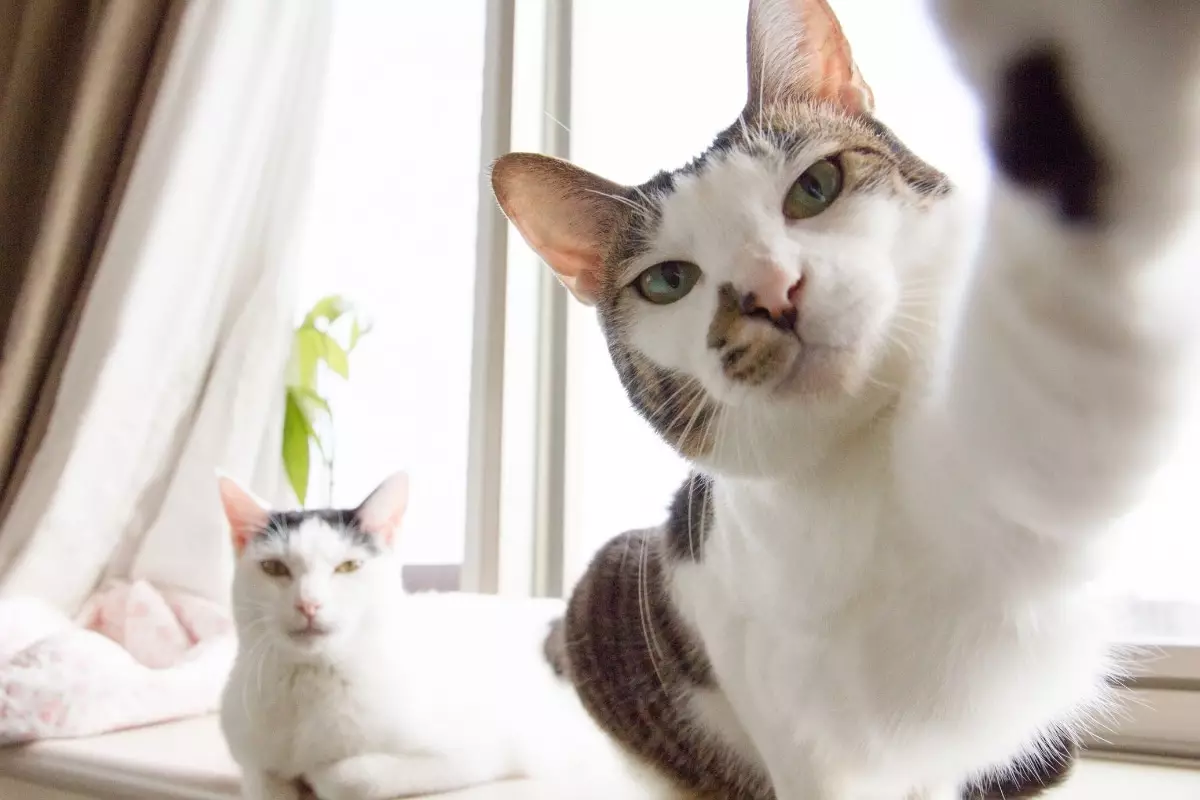Cats are often regarded as enigmatic creatures, displaying a myriad of behaviors that can leave their human companions puzzled. One particularly entertaining—and sometimes exasperating—behavior is their penchant for knocking items off surfaces. While it may seem like mere mischief, there’s a deeper significance to this habit that can provide useful insights into your cat’s psychology, innate instincts, and emotional needs. By delving into the motivations behind this quirky behavior, cat owners can not only protect their belongings but also enhance their pets’ well-being and strengthen their bond.
Instinctual Play: The Hunter’s Charm
Cats, being descendants of wild hunters, often showcase behaviors that mirror their ancestral lineage. Knocking over objects can be construed as a play simulation of hunting; it allows them to practice critical survival skills such as pouncing and swatting. In a way, when your cat sends a pen flying, they are engaging in a primal activity that hones their predatory instincts. This playful practice serves as both a physical and mental workout for your feline friend, keeping them agile and alert, even within the confines of a home.
Furthermore, the act of batting objects off a table stimulates their senses, matching the thrill of the chase found in nature. For many cats, this behavior is a source of entertainment that can help alleviate boredom and anxiety. In an environment where prey is not available, engaging in mock hunts allows cats to fulfill their hunting drive in a controlled and safe manner.
Exploration and Curiosity: The Investigative Mind
Cats are exceptionally curious animals, and their exploration often involves manipulating objects to understand their characteristics. By knocking items off surfaces, they gather vital information about the size, weight, and texture of various objects. This behavior can be seen as an experimental approach to learning about their surroundings.
Additionally, when new items appear in their environment—a recent decoration, for example—cats may feel compelled to investigate them, leading to a barrage of exploratory knocking. This inquisitive nature not only fulfills their desire for discovery but also serves to enrich their environment, promoting cognitive engagement. Hence, providing diverse toys and stimulating activities can curb the urge to experiment with household belongings.
One lesser-discussed aspect of this behavior is how cats may resort to knocking things over as a means of seeking attention. When your cat sends a glass tumbling, the resulting noise usually garners immediate attention from you, whether positive or negative. If you find yourself responding to such antics, even in frustration, you may inadvertently reinforce the behavior.
This need for attention can stem from feelings of neglect or loneliness, forcing your cat to act out in creative ways to draw you closer. To foster a more balanced relationship, prioritize quality playtime with your cat, ensuring they feel valued and engaged. Employing interactive toys or scheduled play sessions can minimize their need to resort to attention-seeking chaos.
Emotional Needs: Stress and Anxiety Management
Sometimes the impetus for knocking things over may be linked to your cat’s emotional state. Stress and anxiety can trigger various behaviors, including this inquisitive destructiveness. For instance, abrupt changes in their environment, such as new family members or a move to a new house, could invoke stress. In such cases, knocking objects around could serve as a coping mechanism.
Recognizing stressors in your cat’s environment and addressing them is crucial for promoting a harmonious living situation. Providing a safe space, familiar items, and comfort can help soothe their anxieties, making chaotic behaviors less prevalent.
Cause and Effect: The inquisitive Nature of Cats
Cats are naturally drawn to experimenting with cause and effect, and knocking items over allows them to witness the repercussions of their actions. This interactive form of learning is fascinating to felines; it shows them how the world operates and satisfies their inherent struggle for power over their environment.
By nurturing a space where cats can explore without fear of damaging cherished possessions, owners can satisfy this curiosity without inciting frustration. This can be achieved by creating a cat-friendly environment, complete with designated play areas filled with safe toys and climbing structures.
Understanding the motivations behind your cat’s inclined destruction is key to reshaping their behavior. By fostering an environment that addresses their natural instincts through interactive play, sufficient mental stimulation, and an enriched home life, you can create a happy and engaged feline companion.
Providing diverse forms of play—whether through interactive toys or engaging outdoor adventures—can reduce their inclination to engage in troublesome behaviors like knocking things over. Ultimately, a little insight into your cat’s behaviors can enhance your relationship and create a more harmonious household for both you and your feline friend.

